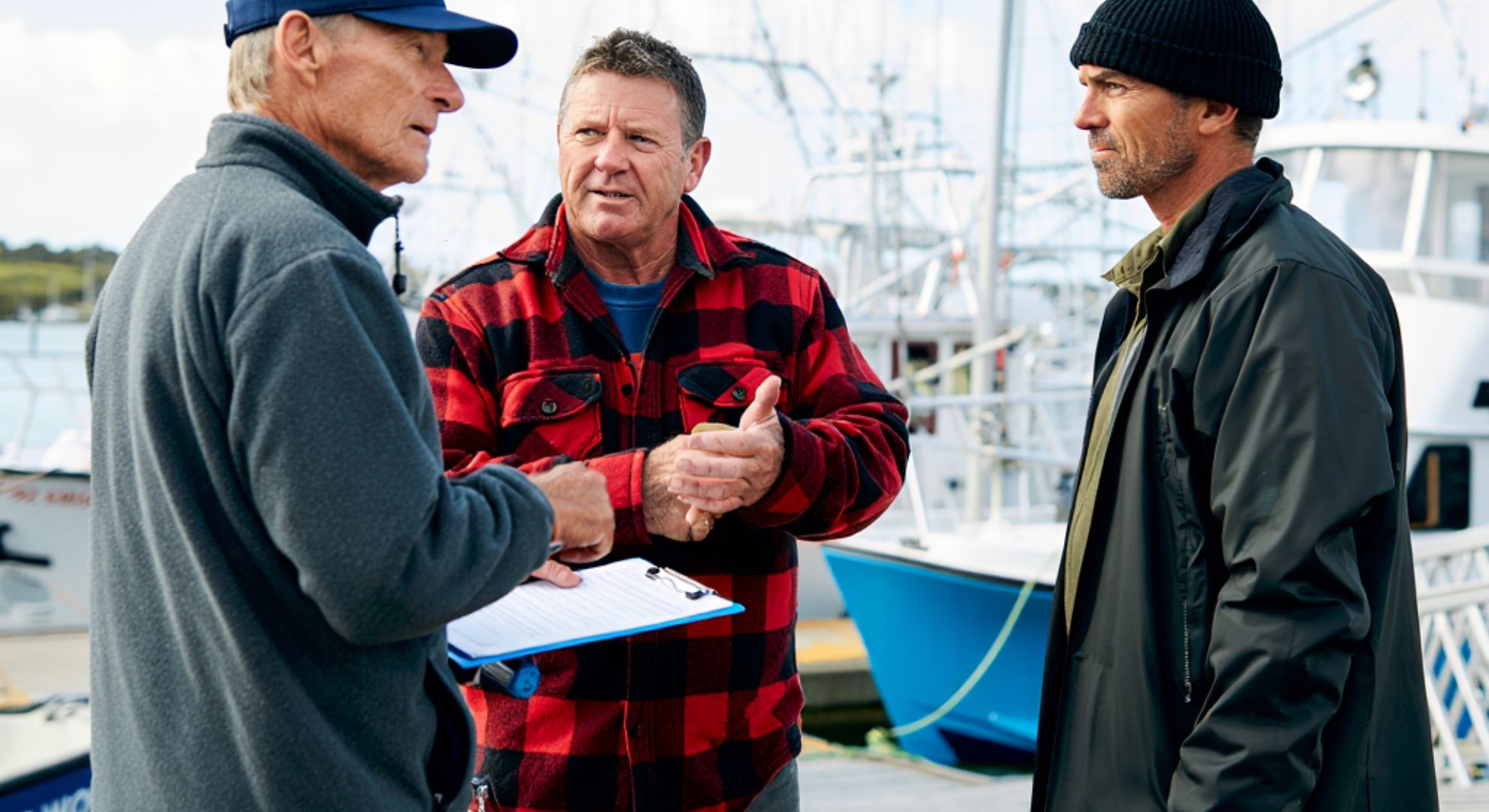Tourism operators, charter skippers, and weekend anglers are bracing for sweeping changes on Northland’s water. A draft bill now before lawmakers would tighten rules on leisure fishing in the Bay of Islands starting in 2025, aiming to rebuild stocks and reduce pressure on a celebrated but stressed marine playground.
The proposal arrives after years of debate about declining catch sizes, crowded hotspots, and inconsistent compliance. Supporters say the plan balances access with recovery, while critics fear it will undercut local businesses and a cherished coastal culture.
Why the shift now?
Marine scientists have flagged warning signs: smaller average fish, longer time to reach limit, and more effort per catch. Local knowledge echoes the data. “We’ve seen the average size drop, even in places that were once reliable,” said a veteran charter skipper based in the area.
Climate variability, habitat loss, and sheer angling pressure are compounding stress on key species such as snapper and kingfish. “Short-term pain can lead to long-term gain if the rebuild is real,” noted a university fisheries biologist.
What’s on the table
The draft framework combines bag limits, seasonal closures, and gear restrictions with stepped-up enforcement. Officials say the aim is “fewer fish taken, more fish left to spawn,” without a permanent blanket ban.
Here’s how today’s settings compare with the current proposal:
| Aspect | Status Quo (2024) | Draft Bill (from 2025) |
|---|---|---|
| Daily bag limits | Standard regional limits for common species | Reduced per-person limits; lower vessel aggregate caps |
| Size limits | Existing minimum sizes by species | Slight increases for key species to protect breeders |
| Seasons | Year-round access with few exceptions | Targeted seasonal closures in spawning hotspots |
| Gear | Standard line and hook allowances | Hook restrictions; limits on weighted lures in certain zones |
| Spatial rules | Voluntary reserves; small protected areas | Expanded no-take zones near sensitive reefs and nurseries |
| Compliance | Routine patrols; education-first approach | Higher spot-check frequency; electronic catch reporting trials |
| Penalties | Fines for serious breaches | Steeper fines; vessel forfeiture for repeat violations |
Officials emphasize that the above settings remain subject to consultation and may be adapted by species, month, or location within the bay.
Economic and cultural stakes
The Bay’s identity is built on water. Charter boats, bait shops, cafes, and accommodation providers rely on angler spend, especially across summer peaks. “If we lose half our trips, we lose staff,” warned a Paihia-based small business owner.
At the same time, local iwi and hapū assert kaitiakitanga—guardianship of the moana—and customary rights that predate tourism. “Any changes must respect customary practices and community-led management,” said a Māori community representative.
Community voices
Early feedback reveals a sharp but civil divide. Recreational groups want clearer scientific targets and transparent monitoring. Conservation advocates push for bolder spatial protection and a rapid rebuilding timeline.
“We need a plan that survives the season and politics,” one angler association spokesperson argued. “Give us certainty, and we’ll adapt.” Officials promise a public dashboard showing trends in abundance, size, and compliance.
What happens next
The bill moves through committee hearings, with public submissions invited over the coming months. If passed, most measures will phase in from early 2025, with a review checkpoint after two years to adjust settings based on outcomes.
Expect heightened signage, more patrol boats, and renewed education at ramps, marinas, and wharves. Charter operators may receive transitional guidance to redesign itineraries and manage quotas.
Planning your trip
- Check the official fisheries notices for live rules before you travel.
- Book with operators who advertise compliance and conservation practices.
- Bring barbless hooks and venting or release tools to reduce mortality.
- Target less-pressured species or try catch-and-release with careful handling.
- Log your catch in a digital app if available, helping science and management.
The broader goal is simple: leave more fish in the water today to restore the Bay’s famed abundance tomorrow. If the rebuild works, future seasons could mean bigger fish, more consistent action, and a healthier ecosystem that supports both livelihoods and tradition. As one skipper put it, “We fish because we care. The hardest part is waiting for the bounce-back.”
